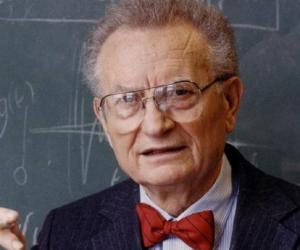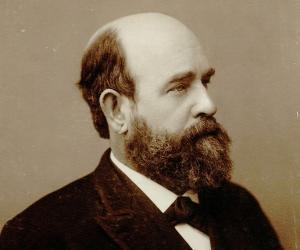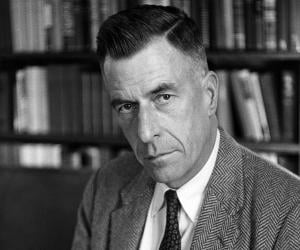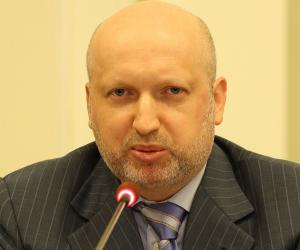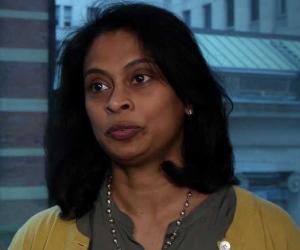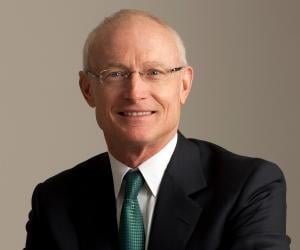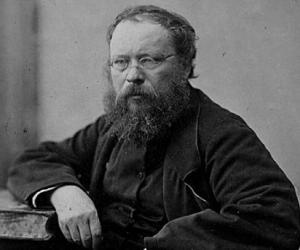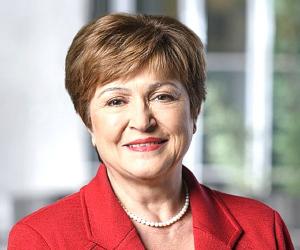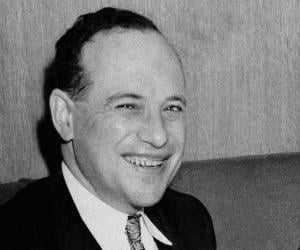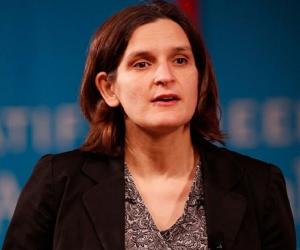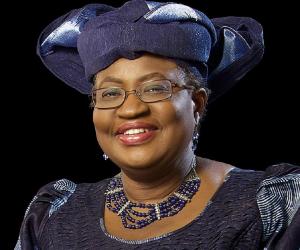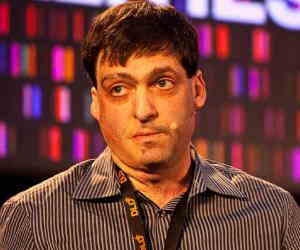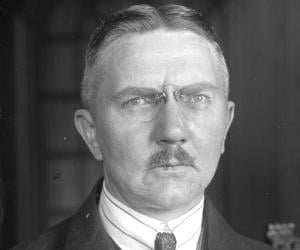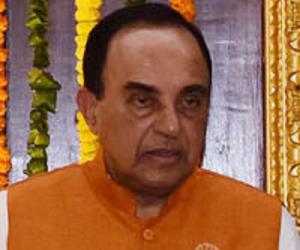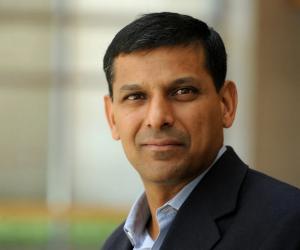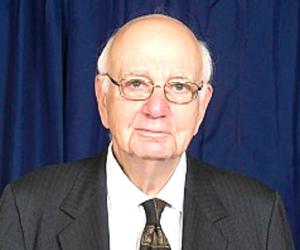Quick Facts
Died At Age: 94
Family:
Spouse/Ex-: Marion Crawford Samuelson
father: Frank Samuelson
mother: Ella Lipton Samuelson
siblings: Robert Sommers
children: Jane Samuelson Raybould, John Samuelson, Margaret Crawford-Samuelson, Paul Samuelson, Robert Samuelson, William Samuelson
Economists American Men
Died on: December 13, 2009
place of death: Belmont, Massachusetts, United States
City: Gary, Indiana
U.S. State: Indiana
Founder/Co-Founder: neo-Keynesian economics
More Facts
awards: 1970 – Nobel Memorial Prize in Economic Sciences
Childhood & Early Life
Paul Anthony Samuelson was born in Indiana on 15 May 1915 to a pharmacist father, Frank Samuelson, and a caring mother, Ella Lipton, during World War I. His family members were Jewish immigrants from Poland. He also had a brother named Robert.
His father encountered major financial strain after the war ended and in order to seek better opportunities, Frank took his wife and sons and moved to Chicago in 1923.
Paul began his education at Hyde Park High School studying the stock market, but it was at the University of Chicago, where Samuelson was born again, as an economist.
He was only 16 years old when he entered the Chicago University;at the university he studied about esteemed economists such as Thomas Robert Malthus who inspired his love for the subject.
Soon after his graduation in 1935, he went on to pursue his Masters of Arts where his flair for the subject intensified. He was awarded his master’s degree a year later in 1936.
Unable to quench his thirst for more knowledge in economics, he joined the prestigious Harvard University, where he researched and later initiated his own theories and studies and was awarded a Ph.D. degree in 1941.
At Harvard he was guided by the best professors in the economics faculty such as Joseph Schumpeter, Wassily Leontief, Gottfried Haberler and Alvin Hansen.
While he was still studying he made a name for himself through his thesis, ‘Foundations of Analytical Economics’, that won him the ‘David A. Wells’ prize, for the most comprehensive and well-written doctoral dissertation.
Professor of Economics
After he completed his Ph.D. at the age of 25 years in 1941, he received an offer from Massachusetts Institute of Technology and was appointed instantly as an assistant professor.
He was also made a member of the Radiation Laboratory in 1944, where he developed computers to track aircrafts and worked as a part-time International Economic Relations professor at Fletcher School of Law and Diplomacy.
By the time he was 32, he had been authorizedas a full-time professor at the Massachusetts Institute. Around this time he was also made advisor and consultant of two significantboards the National Resources Planning Board plus the War Production Board and Office of War Mobilization and Reconstruction.
From 1945 to 1952, he worked as an advisor to the United States Treasury;in 1960-1961 he servedas a member ofthe National Task Force on Economic Education.
Keynesian Economics
In 1965 Paul Samuelson was made president of the International Economic Association. At the Association,he assumedthe responsibility of teaching and interpreting Keynesian economics to fundamental units of the American Government i.e. American presidents, the Federal Reserve Board and selected members of the Congress.
He had mastered Keynesian economics that pertained to the amount of influence an aggregate of demand projected on the economic output of a country during recession. Although he didn’t agree with all the principles, he found no reason to reject some of the tenets.
Thus, with this knowledge heextended his service as a member of thePresident’s Council of Economic Advisers to senator and later PresidentJohn F. Kennedy, making suggestions and recommendations on tax cuts that would in turn keep a check on repression.
Later Career
In the year 1966, Paul Samuelson was made an Institute Professor which was regarded as the most honourable post of a faculty member in Massachusetts.
Starting from the late 1960s to 1980s, he found himself in recurring debates with a fellow economist, Milton Friedman, from the University of Chicago.
The two were brilliant orators and authors and often debated in public forums and magazine columns such as ‘Newsweek’. While Samuelson was a liberal economist, Friedman was more conservative and he disagreed with the participation of the government in economy.
While Friedman believed thatprivate enterprises bring better results to the country’s economy, Samuelson on the other hand had a more Keynesian approach to his debates. Yet, the two respected and had deep regard for each other.
Major Works
There was a huge gap between the theories and functionality in economics beforePaul Samuelson emerged on the scene. He saw through the cracks and undertook the task of sealing them.
During the time of the Great Depression he solicited mathematical principles in economics that bridged the gap between theories and operations, making economics more viable.
In his publication, ‘Foundations of Economic Analysis’, based on the thesis he put together at Harvard University, he stressed on applied economics and the usage of analogous methods to derive operational theorems.
Though his first book received commendable approval from economists around the world, it was his second book ‘Economics: An Introductory Analysis’ that was hailed in 1948.The book made direct references to the opinions of John Maynard Keynes; it aimed at alleviating repeated follies in economic activity.
The reason it became such a popular textbook was owing to its concise and simple illustrations and it was printed in over 30 languages including French, Slovak, Chinese, German, Dutch, Polish, Vietnamese, Hebrew and Arabic. It has sold over 4 million copies.
Taking inspiration from Keynesian economist, Alvin Hansen, Samuelson introduced the ‘Multiplier-accelerator Model’ which analysed business cycles dependent on market fluctuation, behaviour of customers, and economic stability.
He was also the noteworthy co-editor of ‘Inside the economist’s Mind’ published in 2007 alongside William A. Barnett, containing outspoken interviews with top economists.
Awards & Achievements
He received the ‘David A. Wells Award’ in 1941 for his impeccable thesis at the Harvard University.
In 1947 he received the John Bates Clark Medal, acknowledging him as the only reformatory economist under 40. The medal applauded him for his immense contribution to the field of economics.
In 1970, Paul A. Samuelson was given the SverigesRiksbank Prize in Economic Sciences in Memory of Alfred Nobel “for the scientific work through which he has developed static and dynamic economic theory and actively contributed to raising the level of analysis in economic science.” It gave him credit for the years of labour and research he put into developing not only utilitarian theories, but deriving specific answers to queries with authentic validation.
Personal Life & Legacy
In the prime of his career as a professor, Paul Samuelson was extremely active and lively. He used to explain theories developed by him with splendid gust and vitality. He also felt strongly about the ‘gender pay gap’ in America.
Samuelson married his classmate Marion Crawford in 1938. The couple had six children of who the last three children were triplet boys. The names of his children areJane, Margaret, William, Robert, John and Paul in chronological order.
Marion died in 1978; he later married Risha Clay Samuelson but didn’t have any children with her. Samuelson died on the 13 December 2009 at 94 following ashort term illness.
He has left a legacy of several theorems and models that propagate pragmatism in economics, and is celebrated for his work on macroeconomics and neoclassical Synthesis.
Facts About Paul Samuelson
Paul Samuelson was the first American to win the Nobel Prize in Economics in 1970 for his pioneering work in the field of modern economics.
He was known for his sense of humor and wit, often incorporating jokes and puns into his lectures and writings.
Samuelson was a prolific author, writing over a dozen books and numerous articles that helped shape the field of economics.
He was a dedicated teacher and mentor, influencing generations of economists through his work at MIT and other academic institutions.
Samuelson was an advocate for using economic principles to improve public policy and address social issues, demonstrating his commitment to using economics for the greater good.


